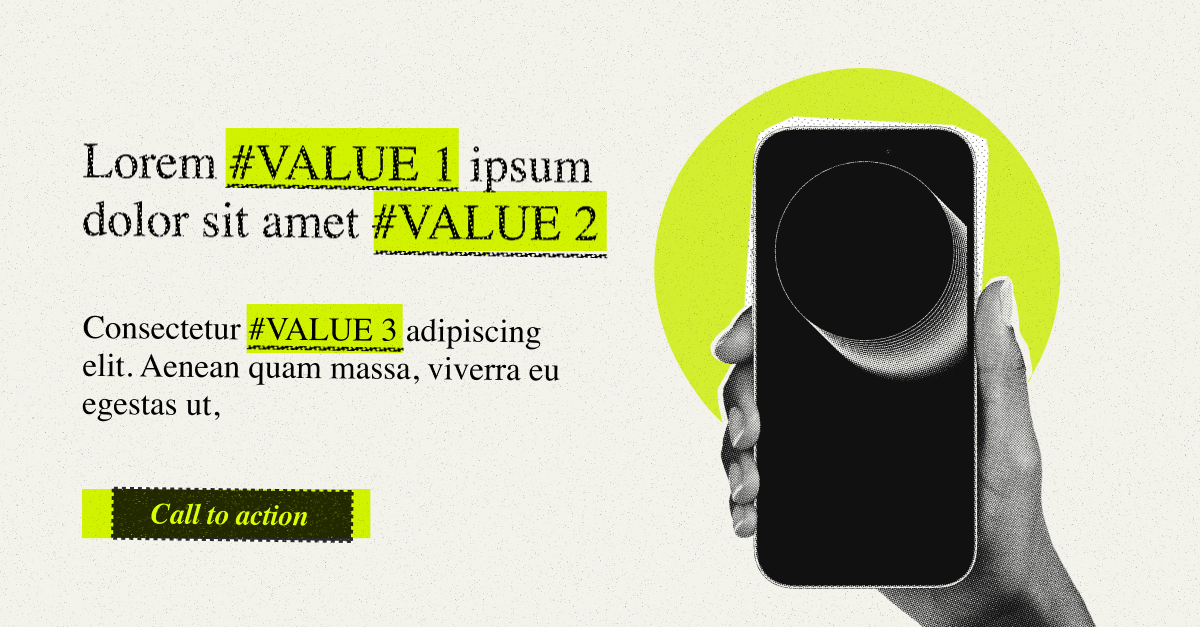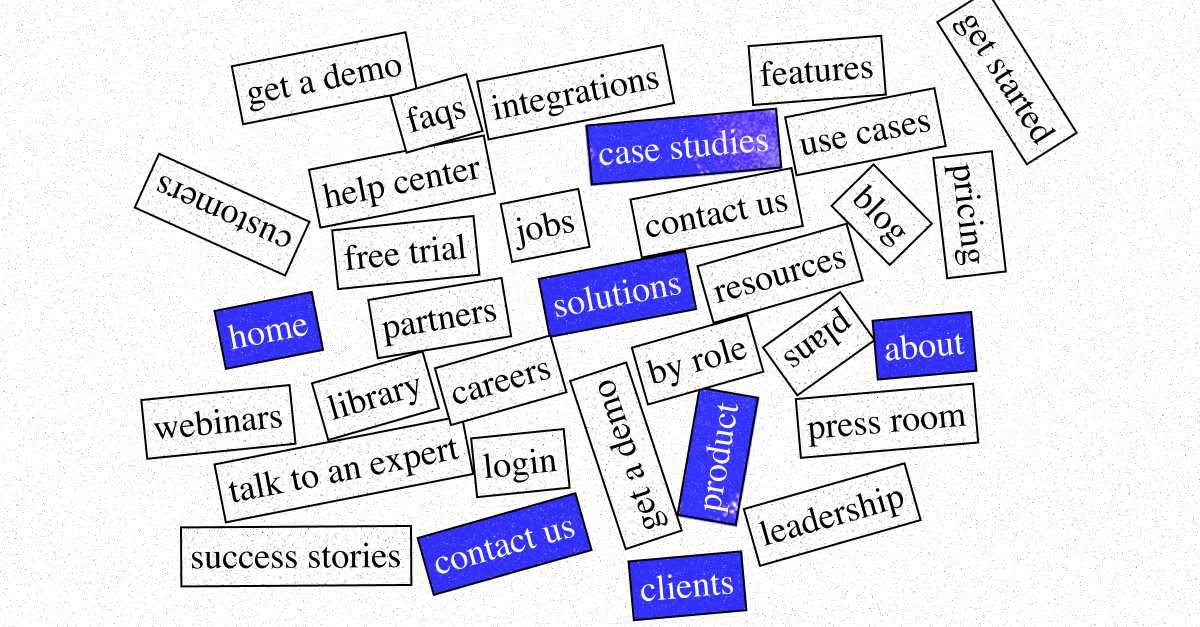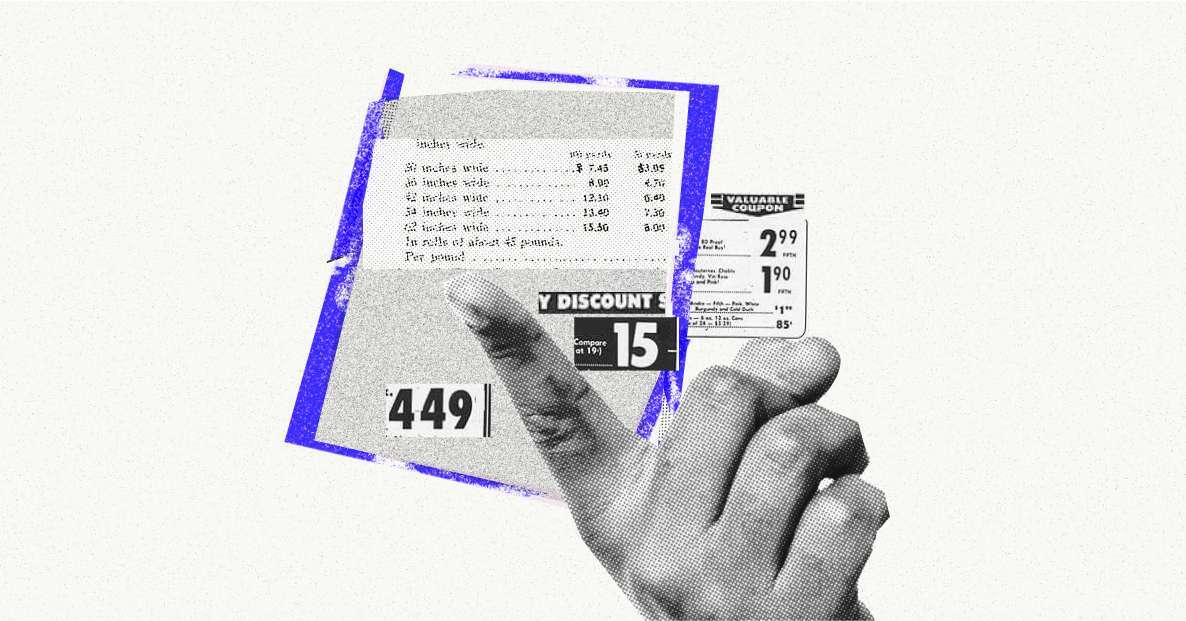When it comes to building a website or a landing page, our ultimate goal is to capture the user’s interest and increase conversion rates. This involves the complex task of deciding what content to showcase and how to structure it effectively to communicate our offerings. We must carefully consider variables such as key benefits, focus, tone, level of detail, and the order in which ideas are presented.
By strategically addressing these elements, we aim to captivate the user, ensuring they understand the value we provide and encouraging them to take desired actions, ultimately boosting our conversion rates.
In this context, many UX designers and content managers rightly prioritize the needs and concerns of the users, placing them at the core of their equation.
This is where the concept of Information Foraging comes into play. It describes how users search for and consume information, akin to how our ancestors sought food, to satisfy a particular question or need. The fundamental principle of this concept establishes a relationship between the “Energy Consumption” required to find specific information in a given source and the “Value” derived from that source.
In essence, users seek to obtain the maximum amount of information/value with minimal effort.
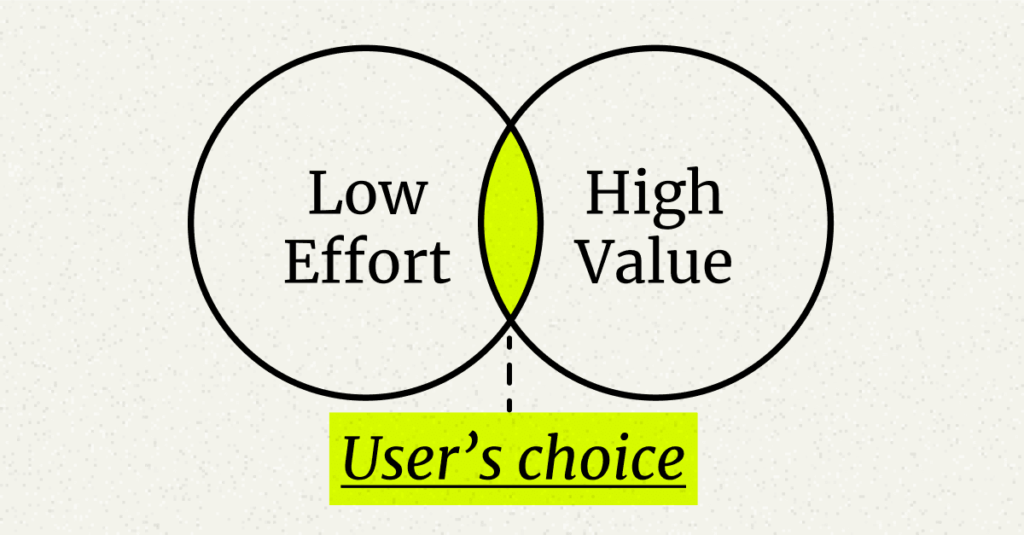
In terms of user behavior, when users have a specific goal in mind, they carefully assess the information available from different sources, weighing the effort required. Ultimately, users choose sources that offer the highest value in terms of their time and effort.
Interestingly, in this context, users are referred to as “informavores.” This term, coined by George A. Miller, highlights how the mind thrives on ingesting information, just as the body survives by ingesting negative entropy. Indeed, all higher organisms can be considered informavores in a broad sense.
How does a user determine the value of a source?
This is where the concept of “information scent” comes into play.
Building upon the concept of Information Foraging, users form an impression, or scent, for each source of information. This scent can be seen as the perceived value of the source. However, it is important to note that perceived value does not necessarily equate to actual value.
The perceived value is primarily influenced by two key variables:
- Information Source:
This refers to the website or landing page where the information is found. Users’ prior experiences with the source or familiarity with the company behind it play a crucial role in shaping their perception. - Remote Representation:
This pertains to how the information is presented, both in terms of copywriting and visual elements. It is essential for the user to perceive a clear alignment between what they see and the information they are seeking.
If these variables collectively outweigh those of other sources, users will be inclined to consume the information. This marks the culmination of the process, where the perceived value meets the actual value.
At this stage, it is evident that when developing the wireframes, designs, and website copies, it is crucial to allocate a considerable amount of effort towards creating a highly perceptible and compelling sense of value.
So, how can we enhance the perceived value of our website?
As previously mentioned, it hinges on the Information Source and Remote Representation.
In the short to medium term, we have limited control over the Information Source. It is influenced by branding efforts and the familiarity users have with our brand. However, generating positive user experiences and fostering a strong branding strategy will undoubtedly improve the perception of the Information Source over time.
On the other hand, we have more control over Remote Representation, and this is where our efforts should be focused. To achieve this, we should pay attention to the following variables:
Conciseness and Simplicity:
Use short titles and texts that enable users to scan the content quickly, reducing noise and facilitating rapid comprehension. Provide only the necessary information for users to make contact and let the sales team explain the finer details.
Relevance
Create content tailored to our specific target audience, addressing their most significant pain points and highlighting the benefits that matter most. While we may not be able to appeal to everyone, it is crucial to address the top concerns of our key buyers.
Impact
Establish effective text hierarchies, incorporate engaging imagery, and consider utilizing animations where appropriate. Visual representation plays a pivotal role in attracting users and effectively communicating how our products or services can meet their needs. It aids in comprehension and encourages efficient information scanning.
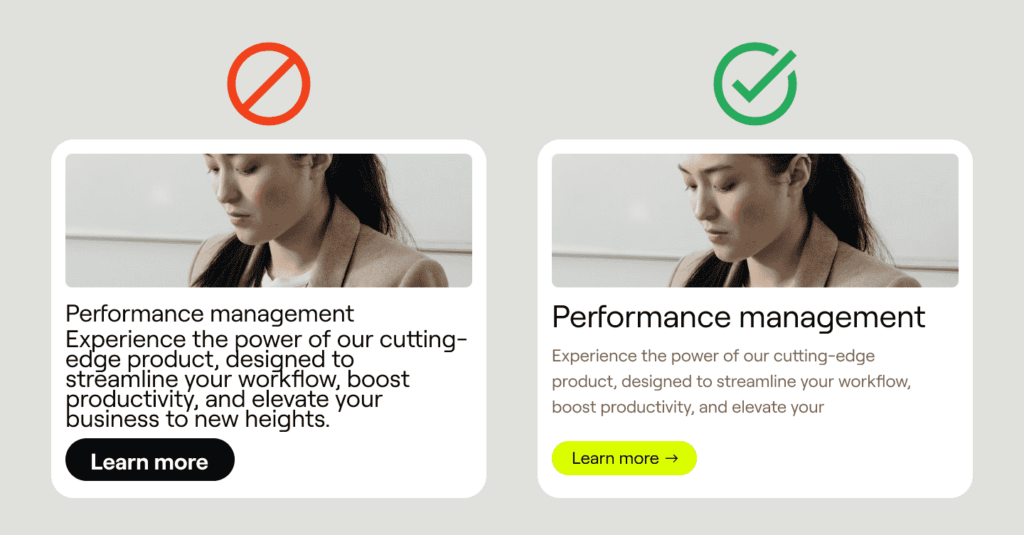
Trust
Establishing a sense of trust is crucial, particularly if our branding is still in development or if we are a lesser-known brand. Social proof is key in building trust. Highlighting partnerships with reputable industry players can significantly influence users’ perception of our product or service.
Adhering to these four variables when conceptualizing, designing, and crafting copy for a website is a critical factor in boosting conversion rates and achieving marketing success.
Naturally, this is not the end-all-be-all solution. At this stage, we have successfully captured the user’s attention, but there is more work to be done.
Our next crucial step is to prioritize delivering genuine value to our users. This entails ensuring that our offerings effectively meet their needs and exceed their expectations. By focusing on delivering authentic value, we can enhance user satisfaction and drive meaningful results in our marketing strategy.
BONUS: Bad Scents
What is a “bad scent”? And why might we intentionally create it?
A “bad scent” is an element that signals to users that they should not proceed further in that direction. It could be interesting to strategically incorporate small instances of bad scent for our users. Just as we want them to delve deeper into the information on our page, we also want to guide them away from potential pitfalls and prevent them from wasting time or, worse yet, abandoning our website due to a poor user experience.
For example, on our generic pages, if we have specific information blocks tailored to a particular audience, it is essential to explicitly indicate to users outside that audience that they should disregard that particular block and, more importantly, avoid following any links associated with it.
Let’s consider the following scenario:
On our homepage, which caters to businesses of all sizes, we have a specific block dedicated to enterprises. With thoughtful design and persuasive copy, we should segment our audience, allowing some users to perceive it as exclusive content tailored to their needs, while urging others to disregard that information and continue navigating through the site.
Looking for help?
In case you need proficient help in conceptualizing an effective website for your SaaS, INSIDEERS is ready to be your design partner.
